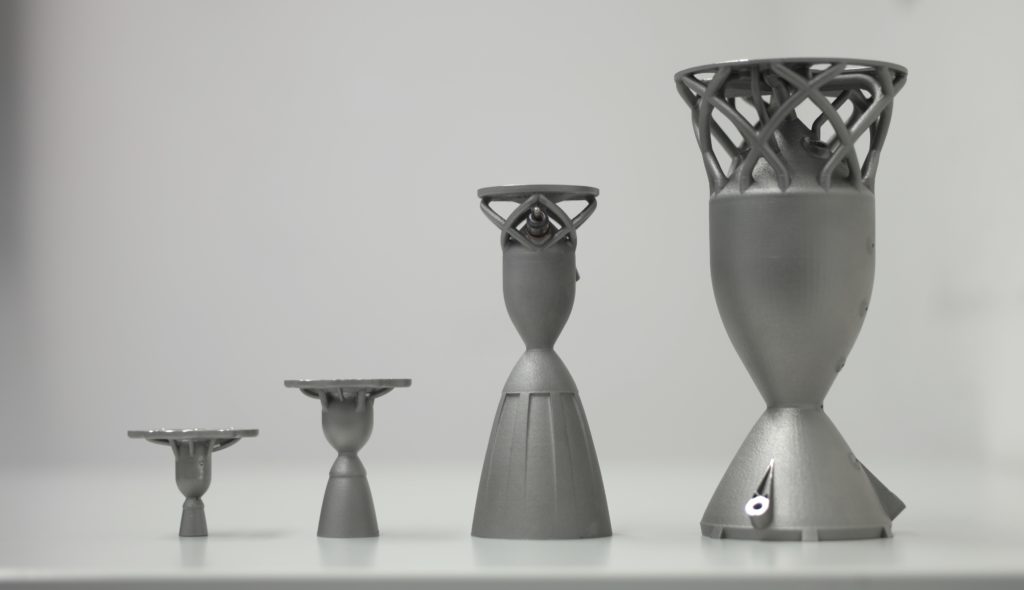HyNOx – High performance and cost-effective space mobility
HyNOx technology provides satellites with a high degree of mobility in space. Satellites and spacecraft need a propulsion system to reach their target orbit, precisely change their orientation, or avoid other satellites and space debris.
Up until now, spacecraft propulsion systems have often used propellants that are highly toxic and carcinogenic. Handling these conventional propellants is therefore complex and expensive. For this reason, the DLR Institute of Space Propulsion has been researching alternative propellants with a similar performance but considerably easier to handle for more than ten years. As part of this research, the combination of nitrous oxide and ethane has proven to be an excellent propellant. This combination, referred to as HyNOx, has a comparatively high performance, is safe to handle and cost-effective.
In addition to the propellant, suitable engines have also been developed in recent years, and will be exhibited at ILA 2024. These thrusters are manufactured using a 3D printing process, reducing costs and enabling short production times. Thrusts of between 1 and 200 newtons can be used to propel small satellites, such as CubeSats, and satellites with a mass of several hundred kilograms.
DLR researchers Lukas Werling and Felix Lauck founded the DLR start-up InSpacePropulsion Technologies GmbH (ISPTech) to bring HyNOx propulsion systems into space and onto the market. The start-up aims to use the technology developed by the founders at DLR to promote cost-effective and sustainable spaceflight. During the start-up phase, the two researchers are being supported by DLR Technology Transfer and the Helmholtz Association. The engines and systems will be tested in space as early as next year.
Links:
German Aerospace Center (DLR)
Institute of Space Propulsion
E-Mail contact-dlr@DLR.de

